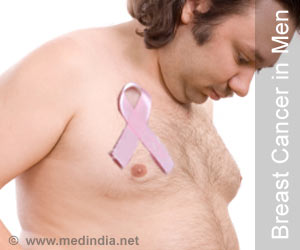The benefits of male breast reduction surgery in teen boys accrue despite the relatively high rate of minor complications.

‘Self-esteem and quality of life improvements are similar for patients with or without complications after gynecomastia correction.’





"Our experience shows real physical, social, emotional, and other benefits of surgical correction for boys and young men with gynecomastia," comments ASPS Member Surgeon Brian I. Labow, MD, of Boston Children’s Hospital, senior author of the new study.
Complications Don’t Limit the Benefits of Male Breast Reduction Surgery
Researchers analyzed postoperative outcomes of 145 male patients, aged 12 to 21 years, undergoing surgery to correct gynecomastia. All of the young men had persistent gynecomastia that did not improve with weight loss and medical therapy. Most were overweight or obese and had more severe (grade III or IV) gynecomastia.Surgical repair was performed in a total of 270 breasts; some patients required correction in only one breast. They analyzed the effects of gynecomastia correction on quality of life, including the possible impact of postoperative complications.
Early complications occurred in about 10% of breasts. This included a 7.8% rate of hematomas (blood collections), most of which were minor; and a 2.2% rate of minor infections, which were managed with oral antibiotics. Other complications were uncommon, and no serious complications occurred. Patients whose surgery included skin removal were 2.5 times more likely to have early complications.
Later follow-up (median 8.6 months) was available in 129 patients. At this time, at least one complication had occurred in 34.3% of breasts. Complications included residual tissue in 12.6% of breasts and contour irregularities in 9.2%. Other complications (such as inverted nipples and scarring problems) were relatively rare.
Fifty-one patients had a more in-depth follow-up, including preoperative and postoperative questionnaires, with a median of 33.3 months after gynecomastia correction. The results showed significant improvement on a questionnaire measuring self-esteem: about 3 points higher on a scale of 10 to 40.
Advertisement
The benefits also appear independent of gynecomastia severity, surgical technique, or being overweight/obese.
Advertisement
These data also suggest that adolescents, while still maturing, are appropriately equipped to handle the complications associated with gynecomastia repair.
Additional studies are needed even though the current evidence suggests that the potential for complications should not limit treatment recommendations in younger patients with gynecomastia.
Source-Medindia















